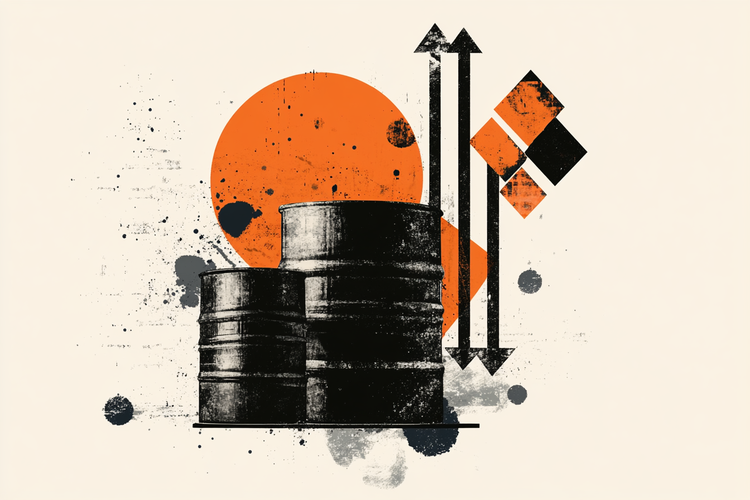- AUD/USD falls to multi-month low amid USD rally fueled by Trump enthusiasm.
- Fears of new tariffs and a trade war with China put further pressure on the Australian dollar.
- The RBA’s hawkish stance and risk appetite boost help limit the pair’s losses.
The AUD/USD pair trims some of the heavy intraday losses and recovers around 70-75 pips from the vicinity of the psychological mark of 0.6500, or its lowest level since August 8 touched earlier this Wednesday. However, spot prices remain deep in negative territory during the first half of the European session and are currently trading just below the 0.6600 mark, still down more than 0.85% on the day.
The sharp intraday drop of over 130 pips in the AUD/USD pair was driven by a strong rebound in demand for the US Dollar (USD). In fact, the Dollar Index (DXY) soared to a four-month high after US presidential election exit polls showed Republican candidate Donald Trump leading the race. Additionally, Republicans are projected to take the House majority after securing the Senate.
Meanwhile, a Trump presidency revives fears about launching new tariffs and a trade war with China, further weighing on the Australian Dollar (AUD), which is a proxy for China. Additionally, concerns over deficit spending and bets on smaller rate cuts by the Federal Reserve (Fed) push US Treasury yields higher, further underscoring the USD and puts pressure on the AUD/USD pair.
That said, the momentum in risk appetite – as evidenced by a strong rally in US equity futures – prompts some profit-taking around the safe-haven US dollar. Aside from this, the Reserve Bank of Australia’s (RBA) hawkish stance and signs that China’s big stimulus push is helping to improve trading conditions limit the Australian dollar’s losses, prompting hedging. of intraday shorts around the AUD/USD pair.
However, it remains to be seen if spot prices can build on the momentum or if the attempted recovery is seen as a selling opportunity amid the strong underlying bullish sentiment around the USD. Therefore, it will be prudent to wait for strong follow-through buying before confirming that the AUD/USD pair has formed a short-term bottom and positioning for any further bullish movement.
The Australian Dollar FAQs
One of the most important factors for the Australian Dollar (AUD) is the level of interest rates set by the Reserve Bank of Australia (RBA). As Australia is a resource-rich country, another key factor is the price of its largest export, iron ore. The health of the Chinese economy, its largest trading partner, is a factor, as is inflation in Australia, its growth rate and the Balance of Trade. Market sentiment, that is, whether investors bet on riskier assets (risk-on) or seek safe havens (risk-off), is also a factor, with the risk-on being positive for the AUD.
The Reserve Bank of Australia (RBA) influences the Australian Dollar (AUD) by setting the level of interest rates that Australian banks can lend to each other. This influences the level of interest rates in the economy as a whole. The RBA’s main objective is to maintain a stable inflation rate of 2%-3% by adjusting interest rates up or down. Relatively high interest rates compared to other major central banks support the AUD, and the opposite for relatively low ones. The RBA can also use quantitative easing and tightening to influence credit conditions, with the former being negative for the AUD and the latter being positive for the AUD.
China is Australia’s largest trading partner, so the health of the Chinese economy greatly influences the value of the Australian Dollar (AUD). When the Chinese economy is doing well, it buys more raw materials, goods and services from Australia, which increases demand for the AUD and drives up its value. The opposite occurs when the Chinese economy does not grow as fast as expected. Therefore, positive or negative surprises in Chinese growth data usually have a direct impact on the Australian Dollar.
Iron ore is Australia’s largest export, with $118 billion a year according to 2021 data, with China being its main destination. The iron ore price, therefore, may be a driver of the Australian dollar. Typically, if the price of iron ore rises, the AUD also rises as aggregate demand for the currency increases. The opposite occurs when the price of iron ore falls. Higher iron ore prices also tend to result in a higher likelihood of a positive trade balance for Australia, which is also positive for the AUD.
The trade balance, which is the difference between what a country earns from its exports and what it pays for its imports, is another factor that can influence the value of the Australian dollar. If Australia produces highly sought-after exports, its currency will gain value solely from the excess demand created by foreign buyers wanting to purchase its exports versus what it spends on purchasing imports. Therefore, a positive net trade balance strengthens the AUD, with the opposite effect if the trade balance is negative.
Source: Fx Street
I am Joshua Winder, a senior-level journalist and editor at World Stock Market. I specialize in covering news related to the stock market and economic trends. With more than 8 years of experience in this field, I have become an expert in financial reporting.







